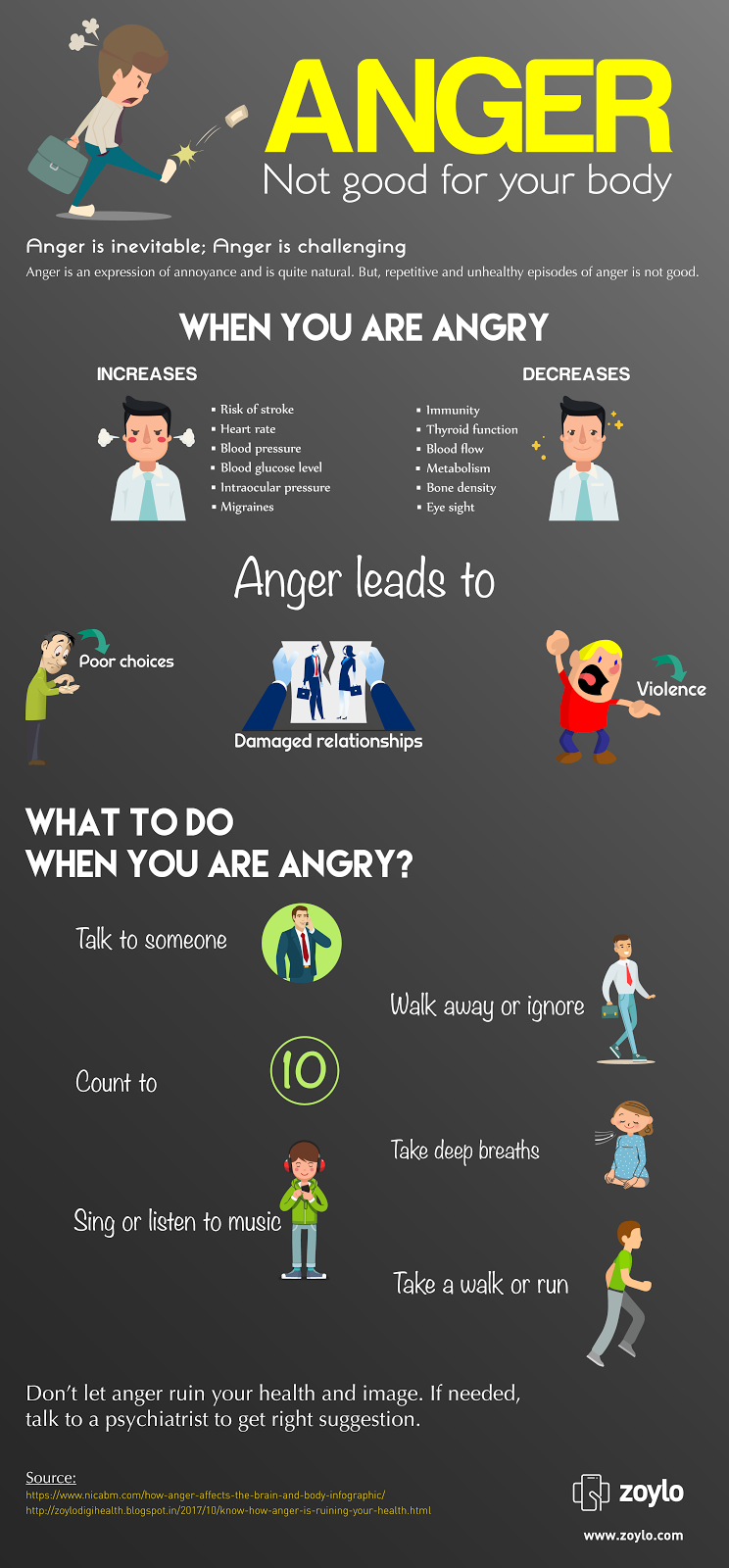What Is Somatic Therapy For Trauma
What Is Somatic Therapy For Trauma
Blog Article
Exactly How Do State Of Mind Stabilizers Job?
Mood stabilizers aid to soothe areas of the mind that are affected by bipolar disorder. These drugs are most efficient when they are taken routinely.
It might take a while to locate the ideal medicine that works ideal for you and your medical professional will certainly monitor your condition throughout therapy. This will certainly involve regular blood examinations and possibly a change in your prescription.
Neurotransmitter guideline
Neurotransmitters are a group of chemicals that manage one another in healthy individuals. When degrees end up being unbalanced, this can bring about state of mind disorders like anxiety, anxiety and mania. State of mind stabilizers assist to prevent these episodes by assisting regulate the balance of these chemicals in the mind. They also may be utilized alongside antidepressants to improve their effectiveness.
Drugs that function as mood stabilizers include lithium, anticonvulsants and antipsychotics. Lithium is possibly the most well known of these medications and jobs by affecting the circulation of salt with nerve and muscle cells. It is most often made use of to deal with bipolar illness, however it can additionally be useful in dealing with other mood problems. Anticonvulsants such as valproate, lamotrigine and carbamazepine are likewise efficient mood maintaining medicines.
It can take a while to find the right kind of drug and dosage for each individual. It is essential to collaborate with your doctor and take part in an open discussion about exactly how the medication is working for you. This can be especially practical if you're experiencing any side effects.
Ion channel modulation
Ion networks are a significant target of mood stabilizers and several other drugs. It is currently well established that they are dynamic entities that can be regulated by a range of external stimulations. Furthermore, the modulation of these networks can have a variety of temporal impacts. At one extreme, changes in gating characteristics might be quick and rapid, as in the nicotinic acetylcholine receptor/channel system. At the various other end of the range, covalent alteration by healthy protein phosphorylation may lead to changes in network function that last much longer.
The area of ion channel inflection is entering a period of maturity. Current research studies have shown that transcranial focused ultrasound (United States) can stimulate nerve cells by activating mechanosensitive potassium and salt channels embedded within the cell membrane. This was demonstrated by expressed networks from the two-pore domain potassium family members in Xenopus oocytes, and focused US significantly modulated the present moving through these channels at a holding voltage of -70 mV (right panel, family member result). The results follow previous monitorings revealing that antidepressants impacting Kv channels regulate glia-neuron communications to contrary depressive-like actions.
Neuroprotection
Mood stabilizers, like lithium, valproic acid (VPA), and carbamazepine, are vital in the therapy of bipolar affective disorder, which is defined by reoccurring episodes of mania and clinical depression. These medications have neuroprotective and anti-apoptotic residential or commercial properties that aid to stop mobile damage, and they likewise enhance cellular resilience and plasticity in useless synapses and neural circuitry.
These safety activities of mood stabilizers may be mediated by their inhibition of GSK-3, inositol signaling, and HDAC activity. Moreover, long-term lithium treatment shields against glutamate excitotoxicity in cultured neurons-- a model for neurodegenerative disorders.
Studies of the molecular and mobile results of state of mind stabilizers have actually revealed that these medicines have a wide variety of intracellular targets, including multiple kinases and receptors, along with epigenetic adjustments. Refresher course is needed to establish if state of mind stabilizers have neurotrophic/neuroprotective activities that are cell type or wiring specific, and just how these results may complement the rapid-acting restorative action of these representatives. This will certainly assist to create brand-new, quicker acting, extra effective treatments for psychiatric health problems.
Intracellular signaling
Cell signaling is the process by which cells communicate with their environment and various other cells. It involves a series of action in which ligands connect with membrane-associated receptors and lead to activation of intracellular pathways that regulate vital downstream mobile features.
State of mind stabilizers act upon intracellular signaling with the activation of serine-threonine healthy protein kinases, causing the phosphorylation of substratum proteins. This activates signaling cascades, bring about modifications in gene expression and mobile function.
Numerous mood stabilizers (including lithium, valproate and lamotrigine) target intracellular signaling paths by hindering specific phosphatases or turning on particular kinases. These impacts trigger a decline in the activity of these paths, which brings about a reduction in the synthesis of specific chemicals that can impact the mind and result in symptoms of depression or mania.
Some mood stabilizers also work by improving the activity of the repressive does therapy really work? neurotransmitter gamma-aminobutryic acid (GABA). This enhances the GABAergic transmission in the brain and decreases neural activity, thus producing a soothing effect.